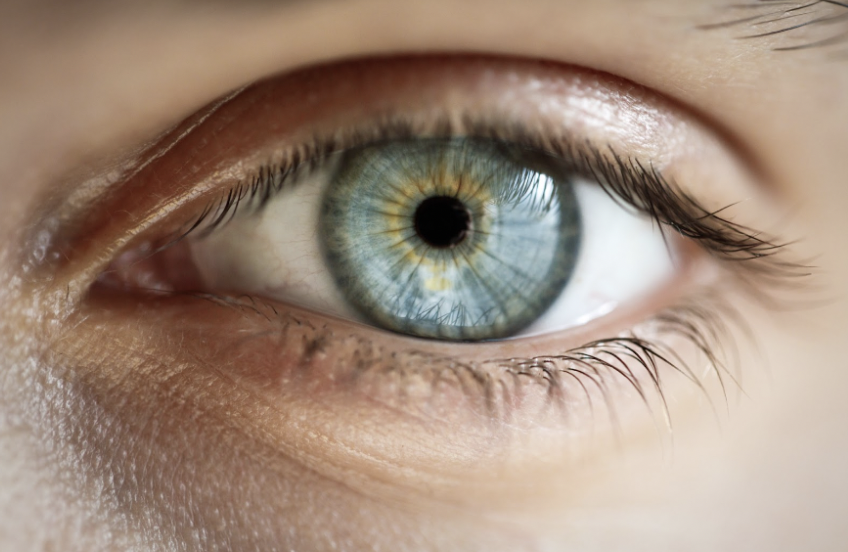Everything You Need to Know About Diabetic Macular Edema
By Arvind Sommi
 Diabetic macular edema (DME) is a complication that could lead to blurry vision or even vision loss. Early detection and aggressive treatment using the latest treatment options can reduce your risk for DME.
Diabetic macular edema (DME) is a complication that could lead to blurry vision or even vision loss. Early detection and aggressive treatment using the latest treatment options can reduce your risk for DME.
What is diabetic macular edema?
Diabetic macular edema (DME) is a common complication of diabetes that affects the retina, an area near the back of the eye. The retina is responsible for converting light into electrical signals that are sent to the brain, allowing us to see.
In people with diabetes, high blood sugar levels can damage the retina’s blood vessels. These damaged blood vessels may leak fluid into the retina, causing it to swell (edema). In DME, the swelling affects a central part of the retina called the macula. The macula is responsible for sharp, central vision, which we use for reading, driving, and recognizing faces. When the macula swells, it can cause vision loss or blurry vision.
DME can occur in people with type 1 or type 2 diabetes. It is more common among people who have had diabetes for a long time, and those with less tightly managed blood glucose levels. People with high blood pressure and high cholesterol are also at higher risk for DME. Unfortunately, up to 75,000 new cases of DME develop each year in people with diabetes, and it is the leading cause of blindness among working-age Americans.
It is important to get your eyes examined regularly if you have diabetes. Early detection and treatment of DME can help prevent vision loss. Regular dilated eye exams may allow your optometrist or ophthalmologist to identify DME early and help to get treatment started.
Treatment options for diabetic macular edema
DME is approached in two ways: treating the underlying cause of DME, which can be high blood sugar, and healing the retina. The first step your healthcare provider will recommend is to manage your blood sugar levels. Tight control of blood sugar can help prevent DME from getting worse and may even help improve vision. This may involve changing your diet, exercising regularly, and adjusting medications.
In addition to these general glucose management strategies, there are several treatments and procedures currently used to heal the retina and repair vision:
Anti-VEGF Injections
People with DME produce too much of a protein called VEGF, which is responsible for blood vessels growing too quickly and eventually leaking fluid into the retina and macula. Anti-VEGF injections block the VEGF protein to stop this process from happening. These injections might be administered once a month for the first three to six months and fewer injections after that. Your physician will use numbing eye drops before the procedure so you won’t feel the injection. Once your blood vessels stop leaking, your vision should begin to improve.
Common anti-VEGF medications:
-
Aflibercept (Eylea)
-
Bevacizumab (Avastin)
-
Faricimab-svoa (Vabysmo)
-
Ranibizumab (Lucentis)
-
Brolucizumab (Beovu)
-
Pegaptanib sodium (Macugen)
Steroids
In approximately 40% of people with chronic DME, anti-VEGF therapy is insufficient. Medications known as corticosteroids (or steroids) target inflammation and swelling in the retina and can be administered as either an injection or a slow-release implant in your eye. This implant would prevent multiple injections and could naturally dissolve at the end, so a separate procedure to remove the implant is not needed.
Common steroid medications used to treat DME:
-
Dexamethasone (Ozurdex): A dissolvable implant
-
Fluocinolone (Iluvien, Retisert): A non-dissolvable implant
-
Triamcinolone (Xipere, Triesence, Trivaris): Injected directly into the eye
NSAID Eye Drops
NSAIDs, or nonsteroidal anti-inflammatory drugs, function similarly to steroids by targeting inflammation and swelling but without some of the side effects of steroids, such as eye pain and dry eye. As a milder solution, NSAIDs could be helpful for people who are unable to tolerate steroids.
Common NSAID eye drops:
-
Bromfenac (Bromsite)
-
Ketorolac (Acular)
Laser Therapy
Also known as laser photocoagulation, or focal-grid macular laser surgery, this advanced procedure is helpful for people who have not responded well to anti-VEGF medications or other treatments. This procedure uses a laser to seal the retina’s damaged and leaky blood vessels, which can bring down the swelling (edema). This 15-minute laser surgery might be done once or multiple times depending on how the retina responds.
Treatment options on the horizon
Research on future DME treatments is focused on gene therapy and retinal cellular transplantation. With gene therapy, genetic material is introduced into the eye so the body can produce proteins such as anti-VEGF that protect the retina from the effects of DME. Another treatment being investigated is retina transplantation to replace ones that have been damaged. This could be done by either directly transplanting a healthy retina or injecting stem cells that transform into healthy retinal cells.
To learn more about diabetic macular edema or diabetic retinopathy, read our other articles:








